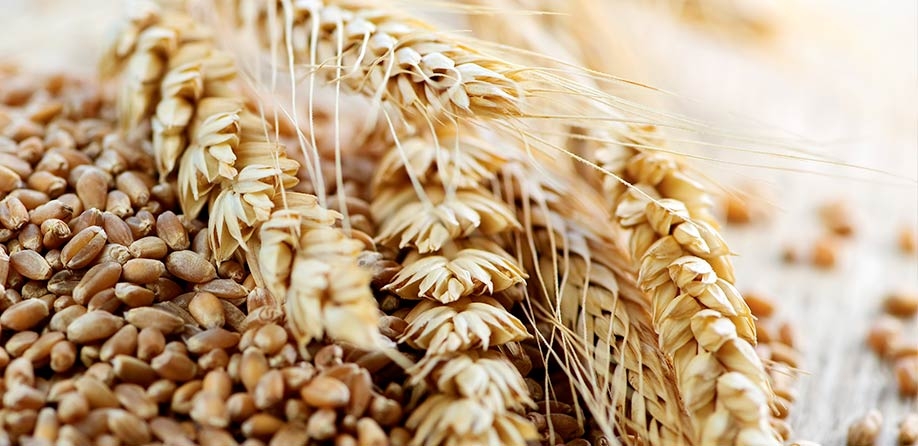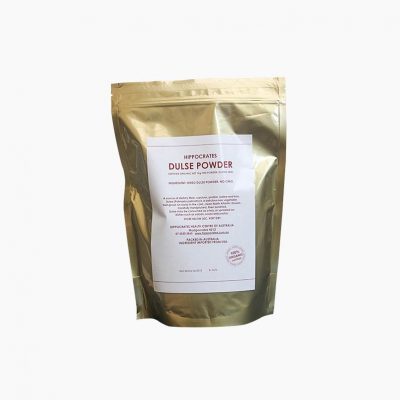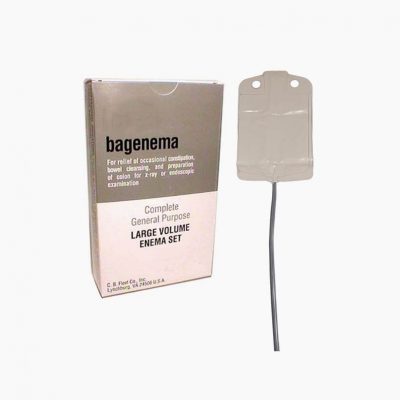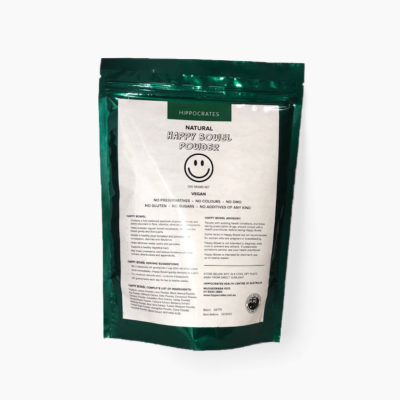If you give up before you ever start, however, you’ll be losing all of the health benefits that come only from pre-soaking your grains. This includes breaking down phytic acid, which binds to the nutrients in grain and prevents them from being absorbed in the body. Soaking also helps pre-digest the grain and neutralizes enzyme inhibitors, which is highly beneficial since grains are difficult for the digestive system to break down. The process is especially useful for anyone who has a history of digestive problems, such as gluten intolerance or irritable bowel syndrome. Best of all, soaking your grains can increase their available vitamin and mineral content.
How long should grains be soaked?
Allow your grains to soak for at least 7 hours. Soaking for 12-24 hours yields the best results, but any more time than that does not significantly increase the nutritional quality of the grain.
How much liquid should I use?
Generally, use the same amount that you would normally use in preparing a particular recipe. For instance, if you typically cook one cup of brown rice in two cups of water, simply use two cups of water to soak one cup of rice.
What are the benefits of adding an acidic medium to the soaking water? How much acidic medium should be used?
Acidic liquid doubles the benefits you get from soaking your grains, because the acidity helps break down anti-nutrients and further pre-digests the grains. The juice from one or two fresh lemons, added to your soak water, is sufficient.
My family doesn’t like the sour taste of soaked grains. Can I soak them in plain water?
Many people find the taste of soaked grains very palatable, but some do not. Omitting the acidic medium is an acceptable alternative. Although acidic water maximizes soaking results, plain water is still highly effective and eliminates some of the strong taste of soaked grains. Another option is draining off the acidic liquid when you’re done soaking the grain and then rinsing the grain, which will eliminate much of the sour taste.
Rolled oats, however, are NOT raw. (They’ve already been cooked, rolled, dried and then factory-packaged.) If you’re in doubt about the rawness of your grains, simply ask your supplier.
If you have little experience or knowledge of soaking grains, rest assured; the process is easy to learn and to apply in your kitchen. It may feel a little unfamiliar at first, so experiment with just a few dishes a week to allow yourself to adapt to this new technique. Once you’ve tried it, though, you’ll see that soaking grains is quite easy and beneficial.





